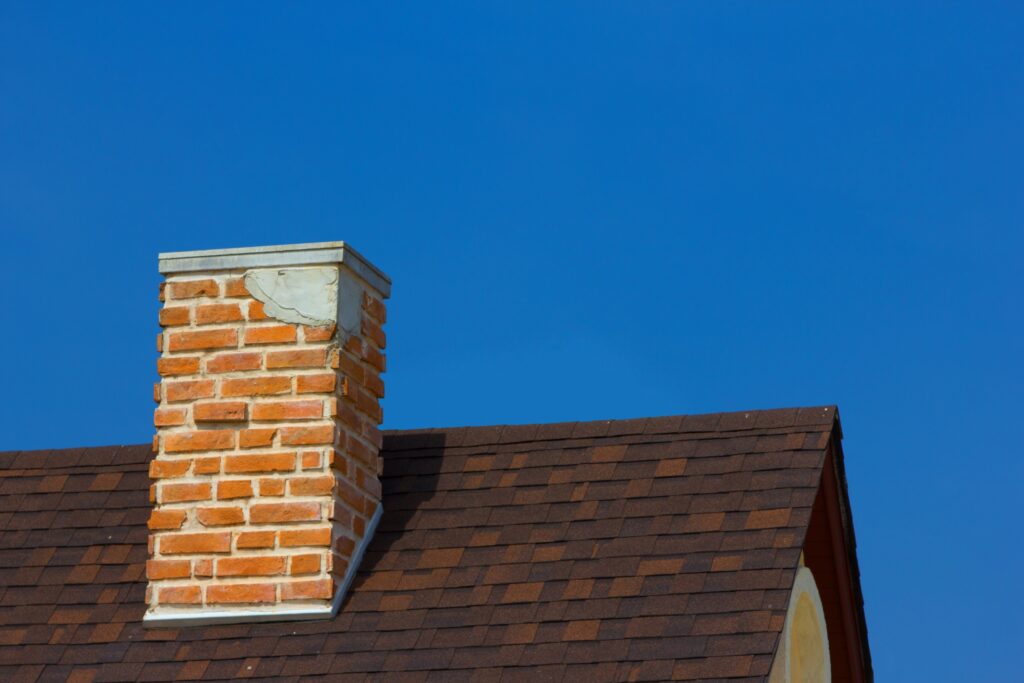Chimney Health: An Extensive Guide to Proactive Upkeep and Restoration
Your chimney serves as much more than a mere functional fixture within your household’s heating setup; it stands as a steadfast protector against the harsh climatic conditions of the Northeast and a symbol of warmth during frosty evenings. Yet, despite its pivotal significance, chimneys frequently remain overlooked until complications manifest, potentially giving rise to exorbitant restorations and safety concerns. To safeguard the longevity of your chimney and the well-being of your loved ones, adopting a forward-thinking approach to chimney wellness through preventative care and timely refurbishments is absolutely imperative.
Comprehending the Significance of Preventative Maintenance
Comparable to any other facet of your residence, your chimney demands consistent upkeep to maintain prime working order. Preventative maintenance entails proactive initiatives aimed at identifying and rectifying potential issues before they spiral into major predicaments.

Is your chimney properly maintained?
By integrating these practices into your routine, you can effectively prolong the lifespan of your chimney, heighten its operational efficiency, and evade expensive repairs.
Routine Assessments: The Bedrock of Chimney Vigilance
The cornerstone of preventative maintenance is the scheduling of periodic chimney evaluations carried out by accredited experts. Ideally, an annual assessment is recommended, particularly preceding the advent of the heating season. These examinations serve as invaluable diagnostic tools, unveiling concealed problems such as fractures, the accumulation of creosote, impaired flue liners, and even the presence of unwelcome wildlife.
Throughout an examination, chimney professionals meticulously scrutinize both the interior and exterior of the chimney, scrutinizing its structural soundness, safety mechanisms, and overall functionality. Any identified issues can be expediently addressed, guaranteeing that your chimney is in an optimum operational state.
Creosote Elimination: Ensuring Secure Functionality
Creosote, an outcome of wood combustion, amasses within the chimney’s flue over time. Excessive creosote buildup constitutes a significant fire hazard, as it can ignite and induce chimney fires that pose a peril to your residence. Regular chimney sweeping is an indispensable practice, serving to eliminate creosote and any additional debris that could obstruct the flue.
Through the scheduling of annual chimney cleanings, you not only diminish the likelihood of chimney fires but also enhance the efficiency of your chimney. An unobstructed flue facilitates proper air circulation and ensures the safe venting of harmful gases, like carbon monoxide, out of your abode.
Waterproofing: Shielding Against Moisture Intrusion
Moisture ranks amongst the most formidable adversaries your chimney confronts. Over time, moisture can infiltrate the chimney structure, precipitating an array of complications encompassing fractured masonry, deteriorated mortar, and corroded components. To safeguard your chimney from moisture-triggered destruction, mull over the application of a premium-quality waterproofing sealant.
Waterproofing furnishes a barrier that forestalls water infiltration into the masonry while simultaneously enabling the chimney to respire and release entrapped moisture. It’s prudent to periodically scrutinize the condition of the sealant and reapply it as warranted to uphold its protective attributes.
Prompt Remediations
Even with conscientious preventative maintenance, the passage of time and the impact of climatic elements can exact a toll on your chimney. Timely repairs are indispensable to tackle emergent issues before they escalate and undermine the structural soundness of your chimney. Disregarding seemingly minor predicaments can ultimately culminate in substantial damage, heightened repair expenses, and potential safety hazards.
Masonry Overhauls: Reestablishing Structural Integrity
The masonry constituting your chimney is susceptible to damage brought about by weather patterns, freeze-thaw cycles, and general wear. Cracked or dilapidated mortar joints can furnish a conduit for water penetration into the chimney, triggering further deterioration and imperiling its stability.
Punctual masonry refurbishments entail tuckpointing, a procedure wherein damaged mortar is supplanted to revive the structural integrity of the chimney. This course of action not only augments the visual appeal of the chimney but also serves as a bulwark against moisture-linked predicaments.
Flue Liner Rectification or Substitution: Guaranteeing Safe Aeration
The flue liner occupies a pivotal role within your chimney, as it directs combustion byproducts out of your dwelling while concurrently insulating the chimney walls against intense heat. Over time, flue liners can undergo deterioration owing to exposure to high temperatures, acidic byproducts, and moisture.
Should the flue liner manifest indications of damage, such as fissures or deterioration, immediate remediation or replacement becomes imperative to assure secure and efficient ventilation. A compromised flue liner can precipitate perilous circumstances, including carbon monoxide leaks and chimney fires.
Chimney Crown Rectification: Safeguarding Against Moisture Infiltration
Functioning as a protective cover, the chimney crown shields the uppermost section of the chimney from moisture infiltration. Fissures, blemishes, or deterioration of the crown can create openings for water to infiltrate the chimney structure, culminating in masonry deterioration and related quandaries.Rehabilitating the chimney crown necessitates patching or reconstruction to restore its water-resistant attributes. Additionally, the installation of a chimney cap can furnish an auxiliary layer of defense against moisture penetration while concurrently warding off debris and unwelcome wildlife from gaining entry.
The Fiscal and Safety Gains
Investing in preventative maintenance and timely refurbishments for your chimney yields an array of fiscal and safety gains:
Economical Savings:
By tackling minor quandaries through preventative measures and punctual reparations, you can circumvent extensive, expensive repairs in the future. A minor investment in annual inspections and chimney cleanings has the potential to rescue you from the expenditure linked to comprehensive masonry overhauls, flue liner substitutions, or even chimney reconstructions.
Energy Efficiency:
A well-maintained chimney operates more resourcefully, facilitating improved air circulation and combustion. This translates to an augmentation in heating efficiency, diminished energy consumption, and reduced utility bills.
Fire Safety:
Frequent inspections and cleanings reduce the risk of chimney fires resulting from creosote accumulation. Furthermore, addressing flue liner damage and structural predicaments guarantees secure ventilation, thus averting carbon monoxide leakage and chimney fires.
Structural Soundness:
Expeditious repairs to masonry, flue liners, and chimney crowns uphold the structural soundness of your chimney, thwarting further deterioration and elongating its lifespan.
